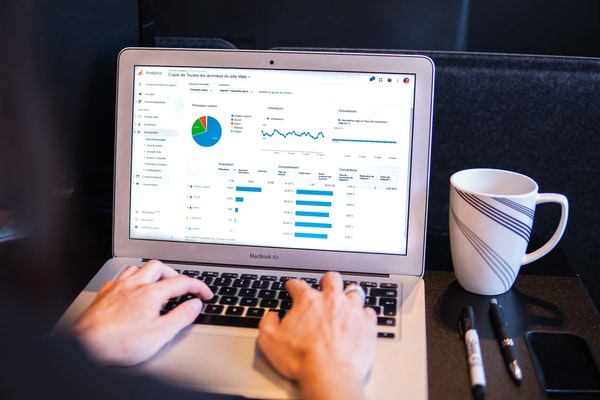
Are you looking for ways to make your data work harder for you? Data cleansing can help you get more out of your clean data. If the data set you are working with is not clean, your results will be inaccurate. Data cleaning is essential for getting accurate results, excellent data quality, and sound decisions. Keep reading to learn more about the benefits of data cleansing.
What is data cleansing?
Before explaining the benefits of data cleaning, we must first define what data cleansing is. Data cleansing is identifying and cleaning up inaccuracies and inconsistencies in data. This can involve removing duplicate records, correcting misspelled information, and standardizing data formats. Data cleansing can help improve the accuracy and reliability of data, making it easier to use for analysis and decision-making. There are several techniques that can be used for data cleansing, including data scrubbing and data standardization.
Data scrubbing is critical in any data analysis process, but it is essential when dealing with big data. With so much information to work with, removing any irrelevant and inaccurate data with missing values is necessary. This is to consolidate similar data sets so that the analysis can be carried out effectively. Data standardization is the process of developing and implementing a standard for the way data is formatted and organized. There are several different factors that can be considered when standardizing data, including the field names, data types, and the order in which data is entered.
What are the benefits of data cleansing?
When it comes to data, there is often a lot of it. This can be both good and bad, as data can make it difficult to discern what information is essential and what can be discarded. However, it becomes easier to understand and use when data is cleaned up. Here are some specific benefits of data cleaning:
- Increased accuracy. When information is clean, it is more accurate. This means that any analysis or conclusions drawn from the data will be more reliable.
- Improved efficiency. Cleaned-up data takes less time to analyze than unclean data does. This means that decisions can be made more quickly and with greater accuracy.
- Enhanced decision-making. The better the quality of your data, the better your decisions. Data cleaning leads to improved decision-making by allowing you to focus on only the most relevant information.
- Greater insight. With clean data, you can see data patterns and trends that would otherwise go unnoticed. This allows you to gain a deeper understanding of your business and how it operates.
If data is not cleansed, it can lead to many issues. One issue that can occur when data is not cleansed is data duplication. Data duplication can happen when the same data is stored in multiple locations or when the same data is input into a system numerous times. Data duplication can cause problems because it can lead to inconsistency and inaccuracies in the data. Another issue that can occur when data is not cleansed is data corruption. Data corruption can occur when data is damaged or changed in some way.

What companies can use data cleansing?
There are several different companies that can use data cleansing. Banks, for example, can use data cleansing to scrub their customer data to ensure that it is up to date and accurate. Data cleansing can also help banks reduce the risk of fraud by identifying and removing invalid data points. Retailers can use data cleansing to clean up their customer data and remove duplicate records. Duplicate records can negatively impact retailers’ ability to target marketing campaigns and understand their customers’ needs and preferences. Lastly, government agencies can use data cleansing to clean up their voter registration data.
Image source: Pexels.com.
